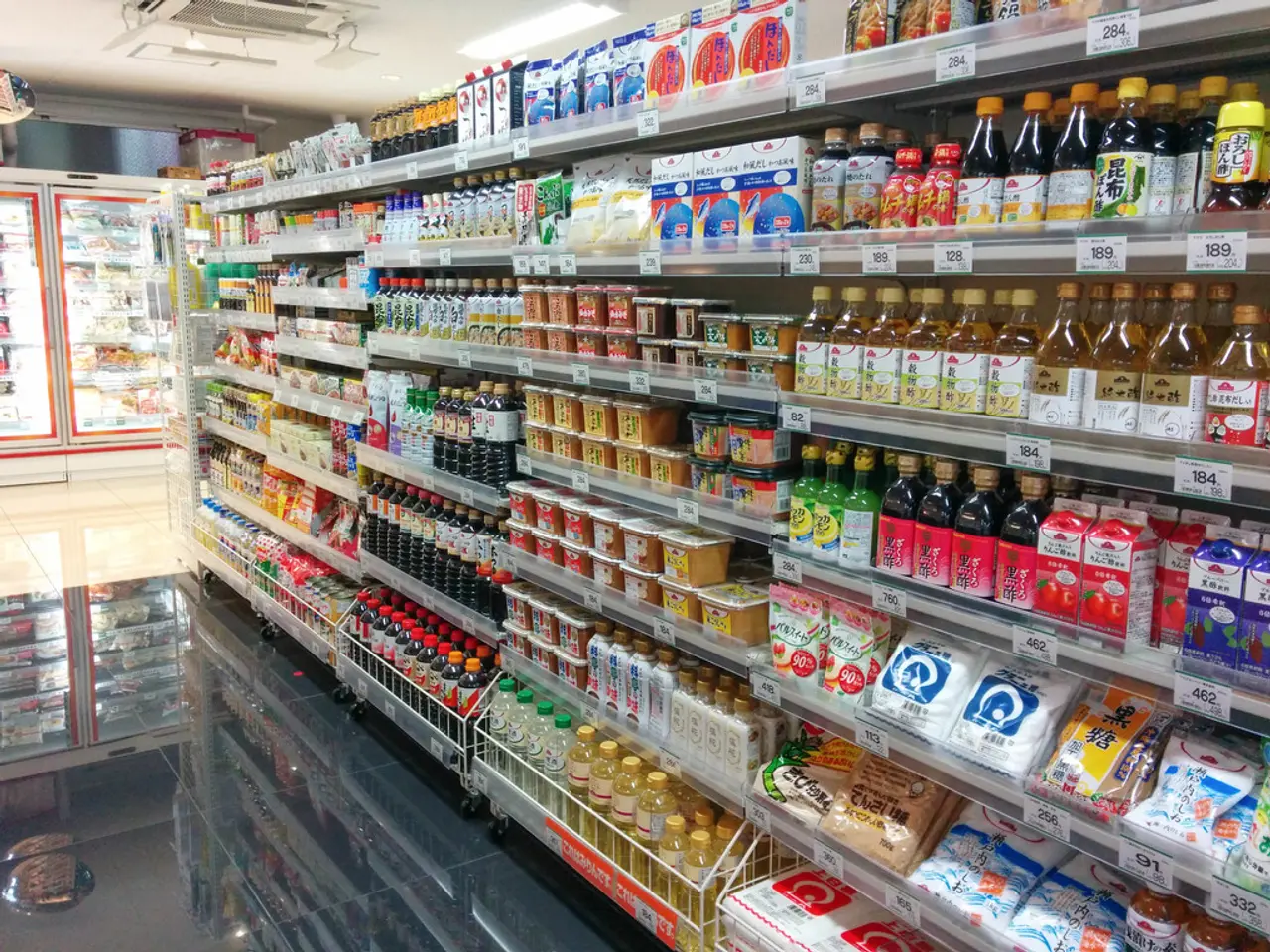Unprecedented Emergency Situation
In the face of the Russian attack on Ukraine and subsequent Western sanctions, Germany's economy has shown remarkable resilience. This resilience can be attributed to a combination of factors, including diversification of energy sources, industrial diversification, strong economic institutions, international cooperation, investment in sustainability, and diplomatic communication.
Firstly, Germany has been actively investing in renewable energy and alternative fuel sources, reducing its dependence on Russian natural gas. This diversification has helped mitigate the economic impact of the energy crisis.
Secondly, Germany's industrial base is strong and diversified, with a focus on high-value manufacturing sectors such as automotive and machinery. This diversification has helped the country maintain economic stability despite challenges in the energy sector.
Thirdly, Germany's robust economic institutions and stable financial system have provided a strong foundation for resilience during economic challenges. The country's conservative fiscal policies and strong social safety net have also contributed to stability.
Fourthly, Germany has participated in international efforts to address the economic impacts of the conflict, including cooperation within the European Union to coordinate economic policies and sanctions. This cooperation has helped maintain economic stability across the continent.
Fifthly, initiatives like Germany's doubled forest conservation funding from 2022 to 2025 demonstrate a broader commitment to sustainability and environmental protection. This commitment can contribute to long-term economic resilience by fostering green technologies and industries.
Lastly, Germany has maintained diplomatic channels and engaged in strategic dialogue with other countries to manage the economic and political fallout of the sanctions and the conflict.
However, Germany still faces challenges. On average, companies have coped well with the impending crisis, preventing unemployment from rising. Yet, wealth in Germany is strongly unequally distributed, with the top 10% of households owning 56% of total net wealth. The poorer half of Germans own only about 3% of total wealth.
Moreover, while the trend of decreasing savings is coming to an end, the debt-to-GDP ratio has decreased from 69 to 66 percent due to increased goods prices boosting the growth of the nominal gross domestic product in 2022 to over seven percent and increasing tax revenues by eight percent.
Rising profits are considered one of the main drivers of inflation, which has wiped out all gains from the pandemic for many individuals. Companies have been able to significantly increase prices, contributing to increased profit margins, due to high demand and supply bottlenecks. However, these high prices have resulted in employees suffering losses in their purchasing power, which they have offset with decreasing savings.
Despite these challenges, the global supply bottlenecks left over from the pandemic decreased significantly in 2022, with container freight costs being 85% lower than during the corona period. Order books in industry and construction are full, with the order backlog in the manufacturing sector still about 30% above the pre-crisis level.
In conclusion, while Germany's economy has faced significant challenges, its resilience is a testament to its diversified industries, robust institutions, and strategic international cooperation. However, addressing wealth inequality and managing inflation remain critical issues for the country's future economic stability.
In the context of diversification, Germany's investments in renewable energy and alternative fuel sources, as well as its industrial focus on sectors like automotive and machinery, demonstrate a commitments towards energy and industrial diversification.
In terms of finance, the country's robust economic institutions, conservative fiscal policies, and strong social safety net have provided a stable foundation, while initiatives like the doubled forest conservation funding from 2022 to 2025 indicate a broader commitment to sustainability and environmental protection, which can foster green technologies and industries in the future.




